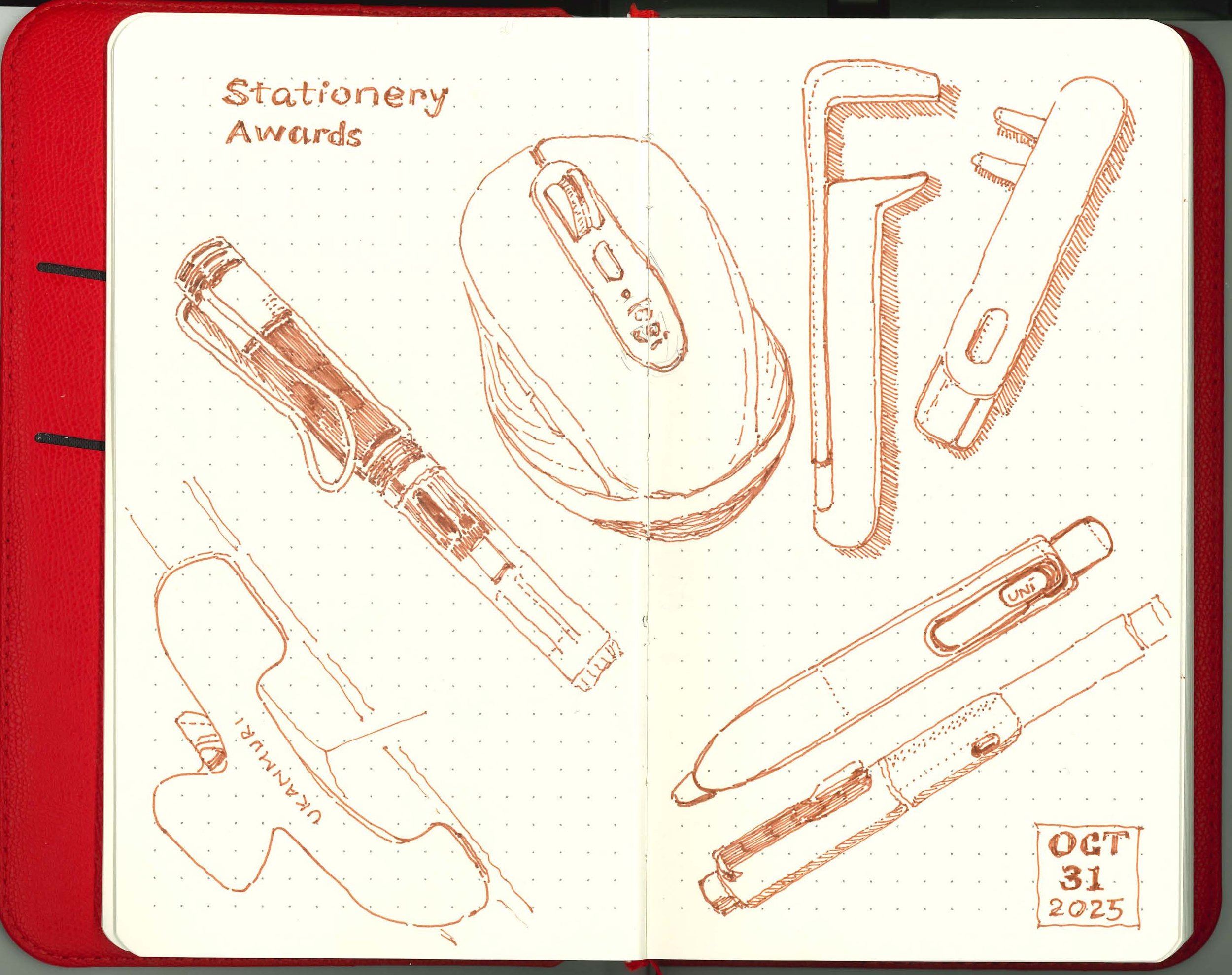5 Tips to Reset Your Mindset to Prepare for Career Fulfillment
In today’s ever-changing work environment, few people stay in one job—or even one career—for life. Everything about the workplace seems to be in flux. The companies that thrive amid this uncertainty are often those where employees and managers communicate clearly and build mutual trust.
After receiving my recent one-year performance assessment, I realized how important it is to align my communication style with my manager’s—not to imitate her, but to build trust and strengthen our working relationship. My goal is to meet expectations consistently, without burning myself out trying to prove my capability or second-guessing what others might think of me.
Reflecting on my 15-year career, one lesson stands out: no one can fully predict an organization’s future. Even the best performers can face layoffs due to economic downturns. I still remember my early career in a San Francisco architectural studio—within six months, the entire team was let go, and two years later, only one partner remained. Some colleagues went back to school, others returned home or started over entirely.
Many companies are not designed to keep everyone long-term; instead, they focus on efficiency and continual renewal of talent. As employees, our best response is to treat each position as a chapter for growth—to define clear goals, learn as much as possible, and be ready for change. Whether you’re at the top, middle, or starting out, the pace is faster, the challenges are greater, and the future feels closer than ever.
Here are 5 tips I’ve learned to reset your mindset and to-do list after a performance assessment—to help you grow intentionally, communicate effectively, and stay grounded through change.
1. Know Your Strengths—and Make the Most of Them
Understanding your strengths helps you bring your best self to work. This also means you don’t need to dwell on your weaknesses. Instead, know your limits—and communicate them clearly to your manager.
When it comes to weaknesses, the goal is not to fixate on them, but to find practical strategies to manage them so they don’t hinder your performance or the team’s progress. For example, if you’re a single parent who occasionally needs to respond to unexpected calls from school, work with your team to establish flexible office hours. The key is to make sure your absence doesn’t impact client meetings or project deadlines.
2. Seek Guidance for Role Clarity
As you grow into a senior staff role, proactively ask questions to clarify processes and procedures. Make sure you fully understand role expectations and responsibilities. You don’t need a new title to expand your sense of responsibility.
In a small organization or a high-turnover environment, strong employees demonstrate adaptability—taking on tasks previously handled by others and working effectively across departments, programs, and projects. When people see that you are willing to learn, take initiative, and shoulder greater responsibility, you naturally become a strong candidate for internal promotions or new large-scale programs that align with your department’s goals.
3. Think Like a Partner, Not Just an Employee
When something goes wrong, align yourself with your team and your supervisor right away to focus on finding solutions. Shift your mindset toward what we can do now to improve the situation, rather than explaining or assigning blame. Remember, everyone makes mistakes. By standing together in problem-solving, you become a source of strength for the team rather than losing their trust.
Once things are settled, take ownership of your part and look back with your boss and team to review what happened. This reflection can help streamline processes and build mutual understanding on how to prevent similar mistakes in the future.
4. Leverage Training and Contribute to Shared Learning.
Remember, you were hired not only for your existing knowledge but for how your skills and insights can help advance the organization’s goals.
Revisit notes from workshops and training sessions you’ve attended since onboarding to reinforce key concepts that support independent leadership and sound decision-making – particularly in areas such a s permit applications and development reviews.
5. Don’t Treat Overtime as a Virtue
Overtime is not a badge of honor—it’s often a sign that something needs to change. Your goal should be to make your regular work hours as efficient as possible.
If you find yourself consistently working overtime, it’s worth asking why. Either your current role exceeds your capacity or skill set (in which case a different position might be a better fit), or there’s a systemic workflow issue that keeps creating bottlenecks. If the problem lies in the system and you can’t change it, then focus on developing a sustainable strategy to manage your workload without burning out.





